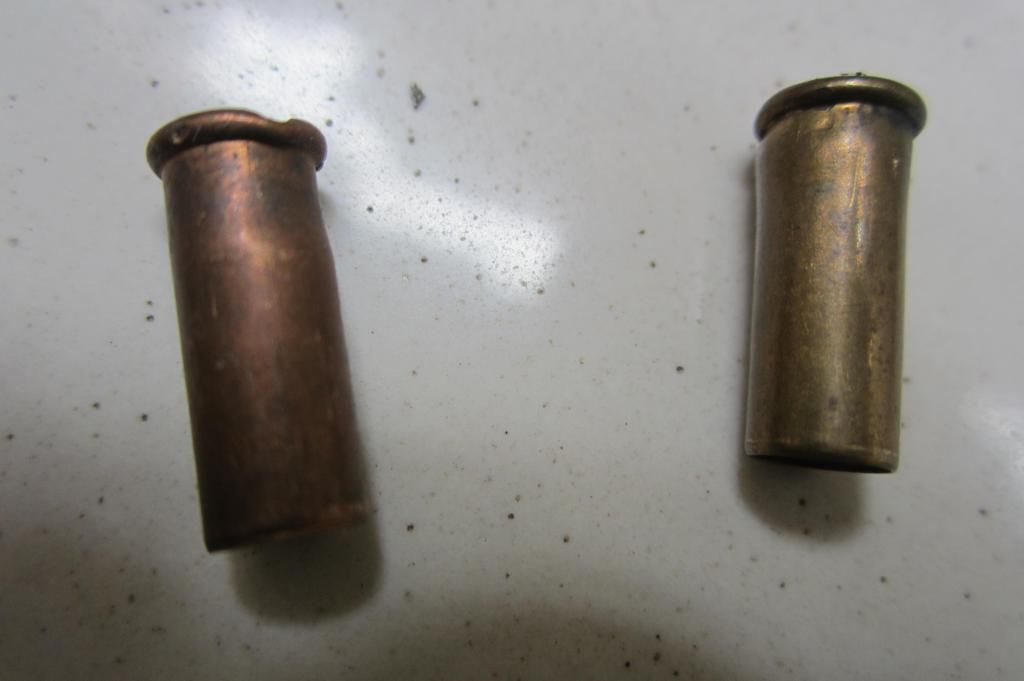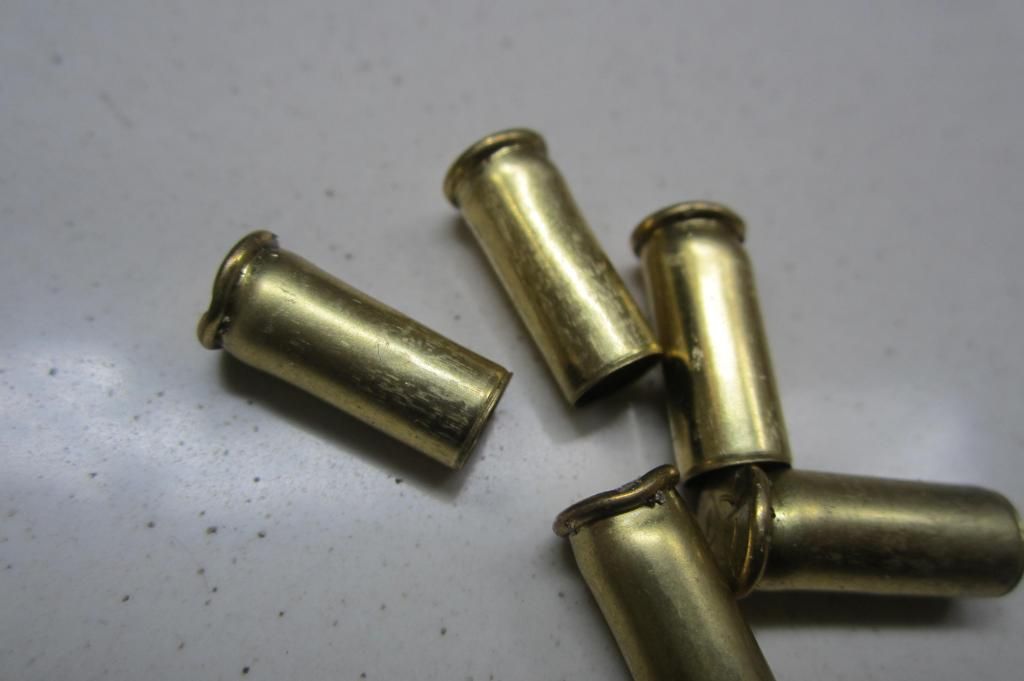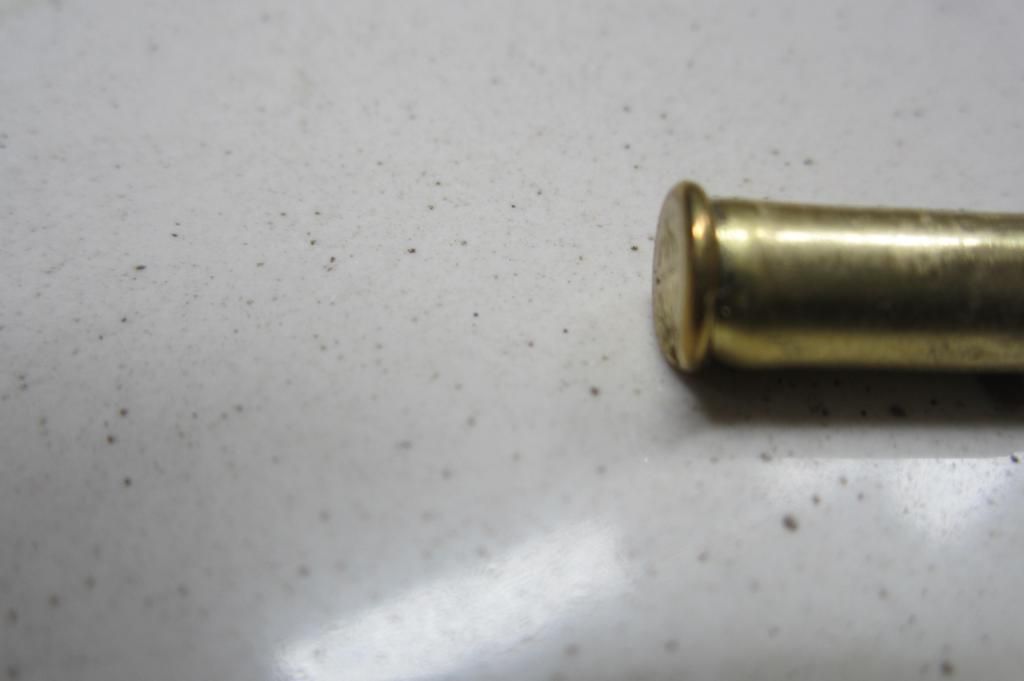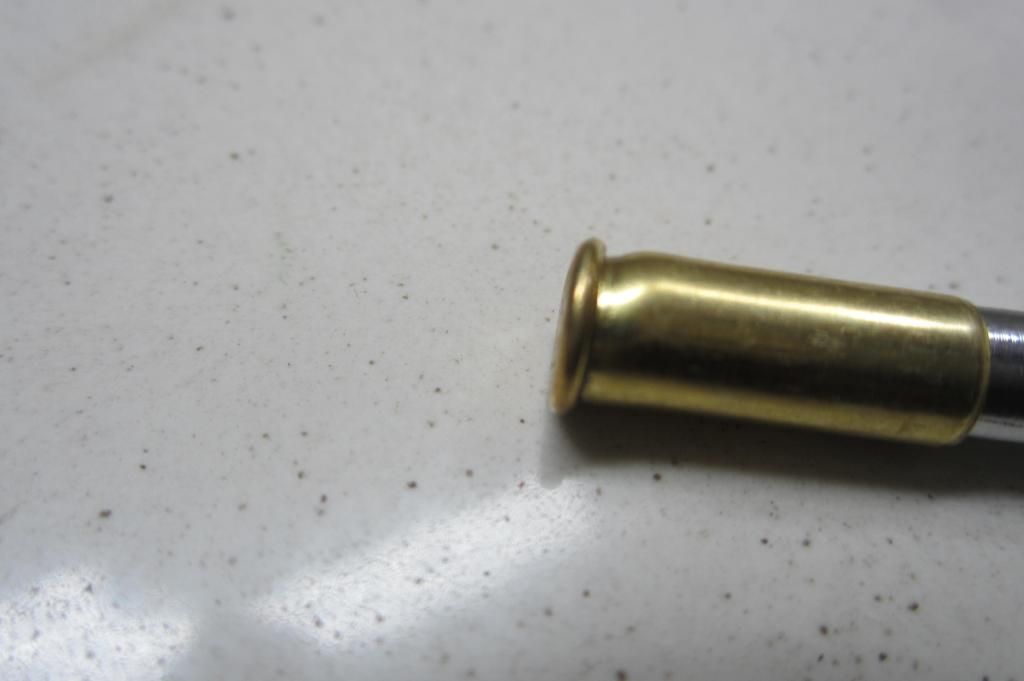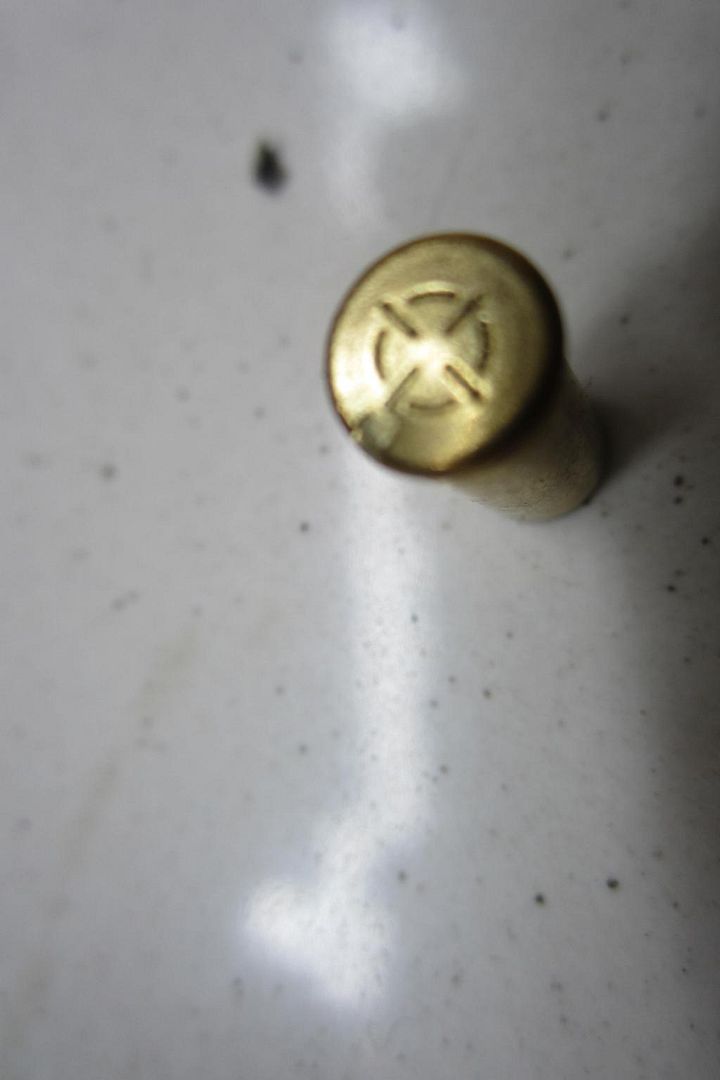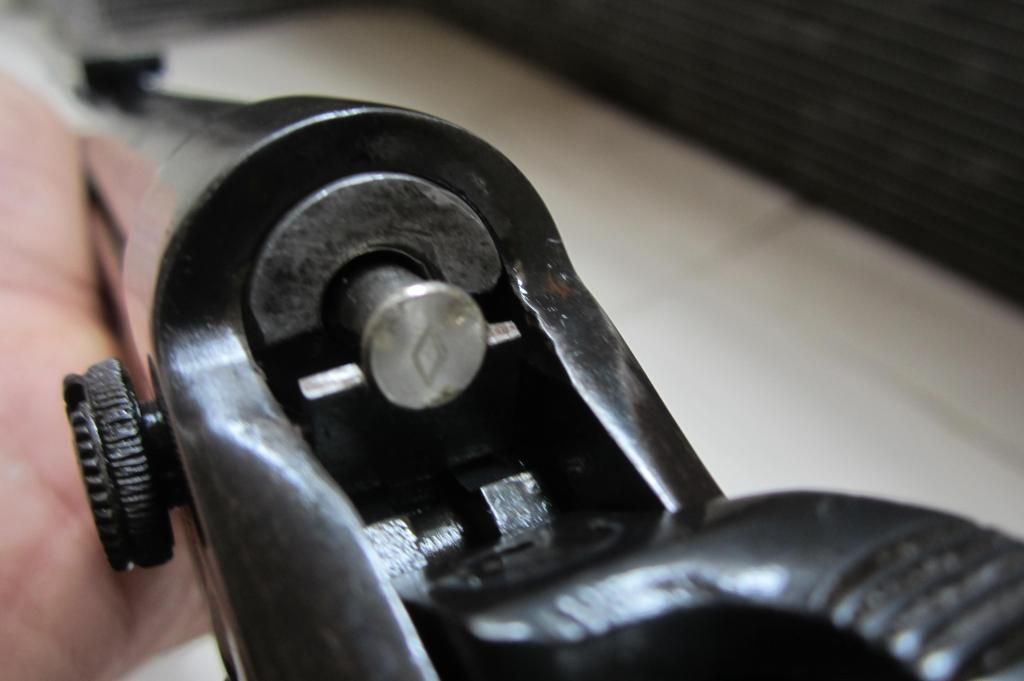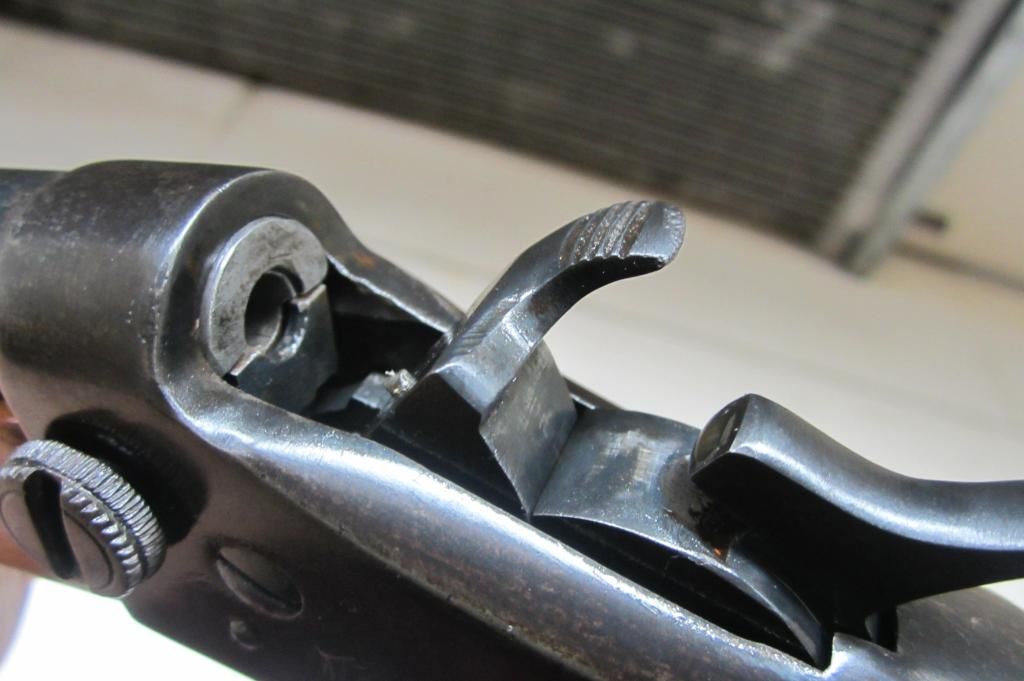Thanks Two Rivers,TwoRivers wrote:TC: No breech is air tight. And, no air in there to escape, only hot gas. And it is this hot gas under high pressure that presses the case wall against the chamber and prevents the gases from escaping to the rear. While I can make no statement as to the condition of your rifle's chamber, the obvious conclusion would be that these particular cartridges were stored under humid conditions. I am sure they would perform the same way in another rifle. Don't blame your rifle, it's the cartridges. Cheers.
Especially for taking sides - that of my poor little rifle
I guess I have a fairly clear idea about breech, hot gas and chamber pressure and can follow what you are saying. By air passage I simply meant a gap caused by too much polishing of the chamber and through which hot gas might escape under high pressure.
This fresh discussion started with CK''s pertinent question: Why is the sound so low ?
I noticed this at the range itself, so did some of my fellow members. I did not write all that in the range report because the post would only get longer and longer and, possibly boring for many.
I was only trying to find out a feasible explanation to that particular question. When I was firing the Number 4, all the rounds, Eley, Lapua and Neroxin et al left the barrel with a much lower report than what anyone might expect.
I fired a couple of these old KF as well as a few Nroxins in one of the Brno rifles lying around. And the cracks were loud and clear. Which meant, I couldn't really blame the ammo right away without getting deeper into the problem, especially since I preserve ammo with extreme caution and keep them as dry as possible. All these ammo, especially the KF and the Neroxin, were kept in the same box and approximately for the same period.
It was under these circumstances that I tried to reach a conclusion. I will be the happiest man if I am proved wrong But please read my reply to Timmy's post and give your valued opinion.
Regards
TC
timmy wrote:I'll guarantee you, if hot gas is leaking out of the chamber, you will know it immediately and unpleasantly!
The cartridge case is often looked at as something different from the gun, but it is actually an integral part of the gun and the gun's system. It's purpose (among others) is to seal the chamber. Even though it fits loosely, when the gun is fired, hot, expanding gasses will seal the breech. If this does not happen because the chamber is too large, the case will fail somewhere and hot, expanding gasses under great pressure (even in shotguns and .22s) will come out to greet you.
This will usually happen when the chamber is too large or headspace is excessive. The hot gasses will expand the case beyond the ability of the brass to stretch that far, and the case will fail. Afterwards, you will see a split or even a full separation.
Timmy,
This did happen once that day. One of the KF ammo went off with a distinctive "fiss" and I could feel some pungent hot gas on my nose. The gas went right inside the receiver and even came out through the gap in the trigger guard ! The bullet however left the barrel and hit the paper.
Jabbar Bhai, observing every shot from close by, immediately said : "Be careful."
That particular KF case certainly did not seal the chamber as it is supposed to in any cartridge firearm.
I inspected the case. It had swollen but there was no split. I have seen many split cases in my life and there was no sign of pressure rising to an excessive level for the copper to contain it. So, how did the gas hit my face ? Especially in an ammo that has already lost some of its power - the keyholing slug being the proof.
I stopped shooting for a while and checked the paper.
I resumed shooting and the rest of the rounds went off fine. The Eleys made groups, so did a few more Lapuas that were hiding in the depths of the my pocket.
No more "fiss", no more keyholes, no ejection failures, no expanded cases.... Yet the reports were all too low for a .22 LR.
Tell me my friend, what can be the mystery .
TC







